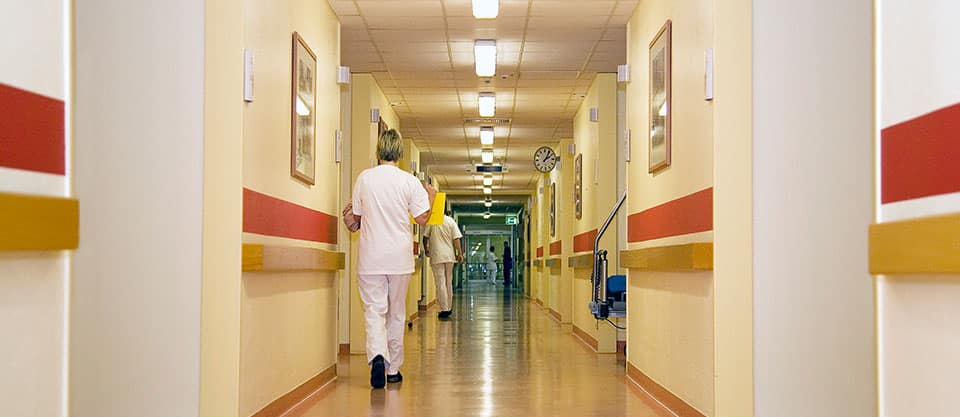Causes
Insufficient nutrition of the joint.
Cartilage does not contain blood vessels, and is supplied with nutrients through intra-articular synovial fluid. In the phase of stress on the joint, this fluid, like in a sponge, is squeezed out of the cartilage, and in the relaxation phase, it is reabsorbed into the cartilage.
If the joint is overloaded, i.e., it has to withstand high pressure, the initially smooth gluteal surfaces undergo mechanical destruction. The cartilage becomes fibrous, loses its elasticity, and the development of dystrophic processes in the cartilage tissue is also observed. Increased stress on the hip joint is often due to the misalignment of the femoral head and acetabulum in relation to each other. This condition can be congenital or result from disease or injury.
The most important reasons are:
- Dysplasia of the femoral head (congenital underdevelopment) or its dislocation
- Epiphysiolysis (resorption of the bone growth zone during puberty)
- Necrosis of the head of the femur (impaired circulation and necrosis of bone tissue)
- Injuries
Insufficient exercise also harms cartilage nutrition. Inflammatory diseases of the joints (for example, rheumatism) worsen the properties of the intra-articular fluid. Excess weight, heavy physical work or repetitive movements are not the causes of the disease, but may accelerate its development.
Prevention
The cartilage is nourished during the movement of the joint, at the same time, excessive load must be avoided. Only the joint that regularly "works", i.e. is in motion, thanks to which the cartilage receives sufficient nutrition, remains elastic and is able to withstand sudden overloads without loss. Extreme stress on the joint, such as lifting and carrying heavy objects, should be avoided whenever possible in daily life.
You can independently carry out a set of preventive measures that will help you prevent the onset of the disease or slow down the development of the disease in the initial stages.
Do you have to sit a lot due to the nature of your professional employment?
- Stretch your legs repeatedly.
- Get up as often as possible and walk a couple of steps.
Practice certain sports.
- Especially recommended are cycling, swimming, Nordic Walking and cross-country skiing;
- sports with a sharp transition from movement to standing and vice versa are not recommended, such as tennis and table tennis, squash, badminton, as well as team sports: handball, football, volleyball, etc.
Make movements in the joints in full!
- Do gymnastics regularly
- Strengthen muscles, increase their elasticity
- Do exercises to stretch the joint capsules and ligaments
If there are early signs of illness or previously identified injuries, avoid carrying heavy loads.
- "Kilogram in hand, and two on the stomach!" - means 2-3 kilograms of weight per hip joint
- When shopping in a supermarket, use a trolley instead of a basket
- Use the escalator or elevator when moving goods.
- Use a cane to reduce stress on the joint
If there is damage to the knee, it makes sense to use escalators and elevators. Physical activity is important, of course, but stairs should be avoided.
Head of the Center for Special Orthopedic Surgery, Onco-Orthopedics and Revision Surgery
Video
Request appointment
Useful links



















